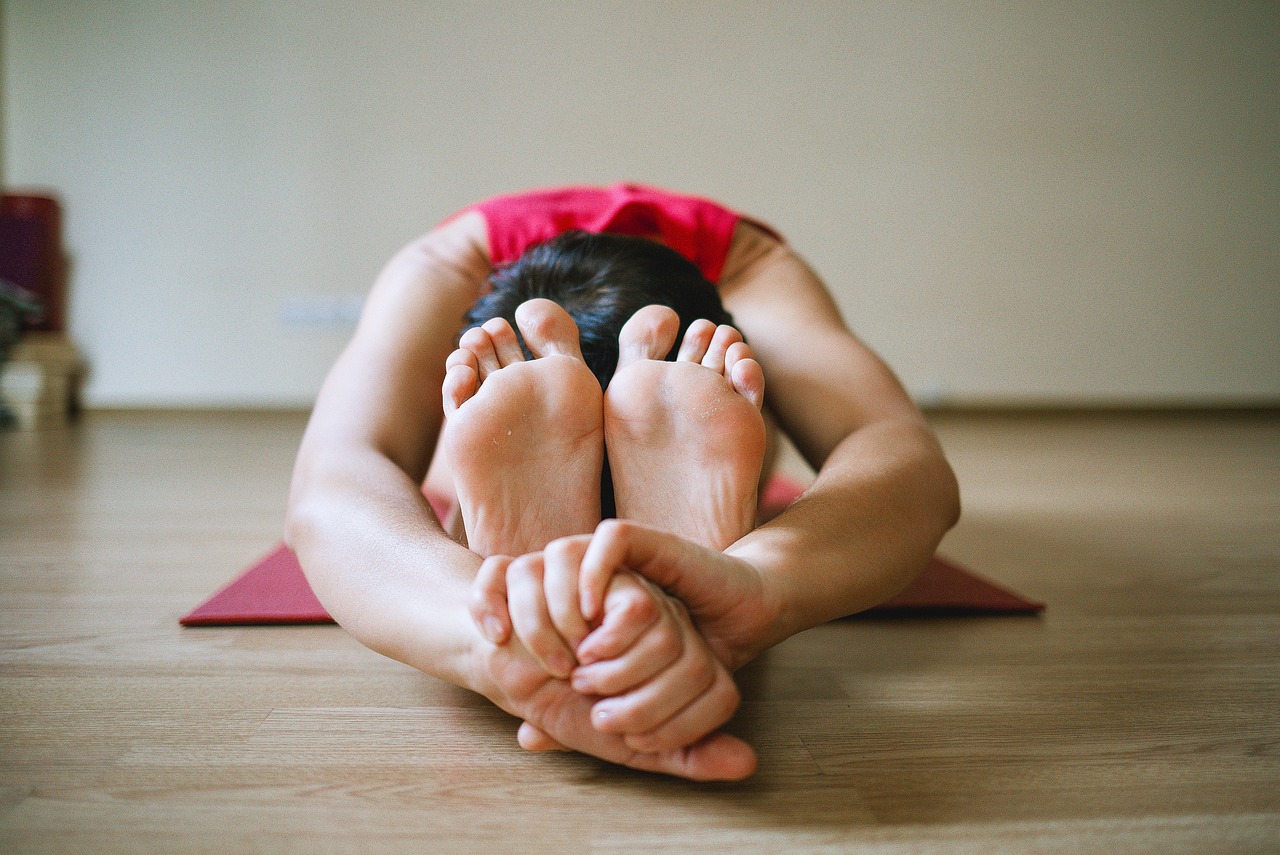Stretching - Part 1
The Power of Flexibility and Relaxation: A Guide to Stretching - Part 1
Welcome to our comprehensive guide on the importance of flexibility and relaxation through stretching. In this two-part series, we will explore the benefits of incorporating stretches into your daily routine, how to perform various stretching exercises, and tips for maximizing the effectiveness of your stretching sessions.
Why Flexibility Matters
Flexibility plays a crucial role in overall health and well-being. By maintaining good flexibility, you can improve your range of motion, reduce the risk of injuries, and enhance athletic performance. Additionally, flexibility exercises can help alleviate muscle tension, improve posture, and promote relaxation.
The Benefits of Stretching
Stretching offers a wide range of benefits for both the body and mind. Some of the key advantages of regular stretching include:
- Increased flexibility and range of motion
- Improved circulation and blood flow
- Reduced muscle tension and stress
- Enhanced athletic performance
- Improved posture and balance
Types of Stretches
There are several types of stretches that target different muscle groups and provide various benefits. Some common types of stretches include:
- Static Stretches: These involve holding a stretch position for a set period, typically 15-30 seconds.
- Dynamic Stretches: These involve moving parts of your body through a full range of motion in a controlled manner.
- PNF Stretches: Proprioceptive Neuromuscular Facilitation (PNF) involves contracting and relaxing muscles to improve flexibility.
- Ballistic Stretches: These involve bouncing movements to push muscles beyond their usual range of motion.
Stay Tuned for Part 2!
Part 2 of our series will delve deeper into specific stretching exercises for different muscle groups and provide tips on creating a personalized stretching routine. Whether you're a seasoned athlete or a beginner looking to enhance your flexibility, this guide will help you unlock the full potential of stretching for improved well-being.
Remember, always consult with a healthcare professional or fitness expert before starting any new exercise routine, especially if you have pre-existing health conditions or injuries.
Stay tuned for more valuable insights on flexibility and relaxation through stretches in Part 2 of our series!

Image source: Pixabay
